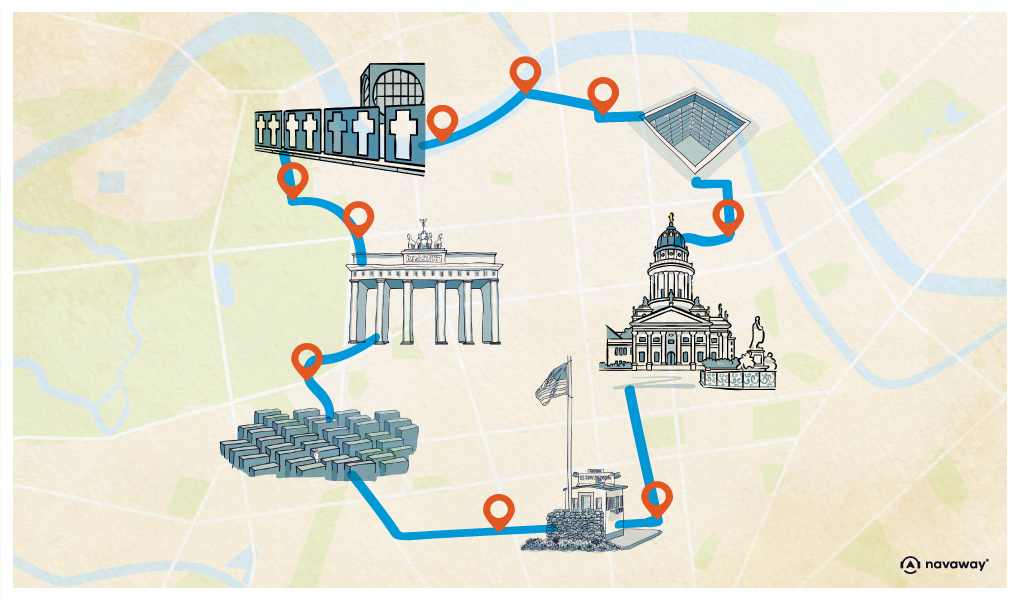
Brandenburg Gate
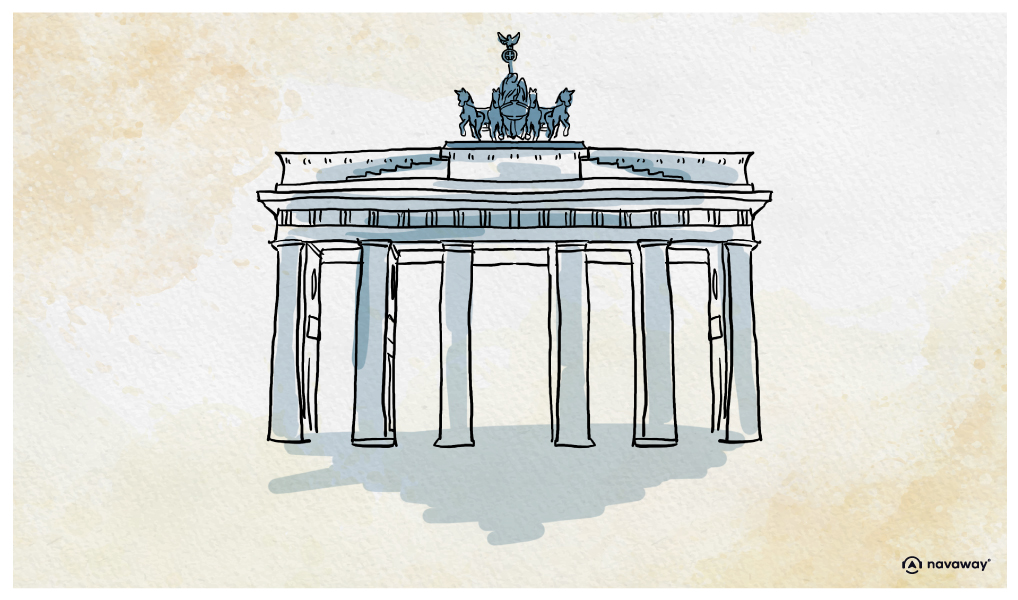
This point of interest is available as audio on the tour: Visit Berlin, On the other side of the wall
Like most other visitors, if you’ve come all this way, it’s probably to see the magnificent Brandenburg Gate—an enduring symbol of German reunification and the last remaining historic city gate! An example of Greek Revival architecture, it was built in the 1790s by a Prussian royal court architect who took inspiration from the gateway to the Acropolis in Athens. Take a closer look at the low reliefs, you’ll see scenes from mythology mixed with others from Prussian history. Notice the five passageways under the arch, supported by twelve ionic columns. The central passage was once reserved for the royal family, while only the outer ones were open to the public. Though its dimensions are not record-breaking—for example, it is about a quarter of the height of Big Ben —the Brandenburg Gate holds immense symbolic value. Take a look at the quadriga on top of the monument. You see, after Napoleon’s victory over Berlin in 1806, he had it transported to Paris as a sign of his victory. However, after his forced abdication in 1814, the city reclaimed it and triumphantly reinstated it atop the Brandenburg Gate. To further emphasise this victory over Napoleon, an iron cross, with an eagle perched upon it, was added as a symbol of Prussian power. In 1946, in light of the post-war division of Germany and Berlin, the gate found itself on the Soviet side of the divided capital. With the construction of the Berlin Wall, it became completely inaccessible, trapped in a no-man’s-land between the East and West parts of Germany. Excluded from the Berlin landscape, this historical monument became a haunting symbol of Germany’s painful division. Then, in a fitting symbolic reversal, the Brandenburg Gate instantly became the emblem of a reunified Germany upon the fall of the Iron Curtain. On December 22, 1989, around 100,000 people gathered here for its official reopening. Just days later, on New Year’s Eve, Berliners celebrated together for the first time in decades. Since then, it has remained the city’s prime gathering spot for fireworks and the midnight countdown on December 31st. If you come across German 10, 20, or 50-cent euro coins, you’ll notice the Brandenburg Gate engraved on them—an enduring symbol of reunification. On a lighter note, did you know that the American actor and singer David Hasselhoff, famous for his role as a lifeguard in Baywatch, is linked to the fall of the Berlin Wall and the Brandenburg Gate? During the celebrations of December 31 in 1989, he performed his song “Looking for Freedom” in front of the gate, facing an enormous crowd. Since then, the song has become a symbolic anthem—tinged with humour, yet deeply connected to the spirit of freedom and unity. The image of Hasselhoff in his LED-lit leather jacket, singing before a joyous crowd, remains a legendary part of the folklore surrounding German reunification. Now, I’ll give you some time to admire this iconic monument up close and walk through it as you head toward Tiergarten Park.

Discover other tours to visit Berlin

Discover Berlin with app
An interactive guide through the most beautiful streets, squares, and districts
30 fun audioguides full of historical facts, anecdotes, and legends
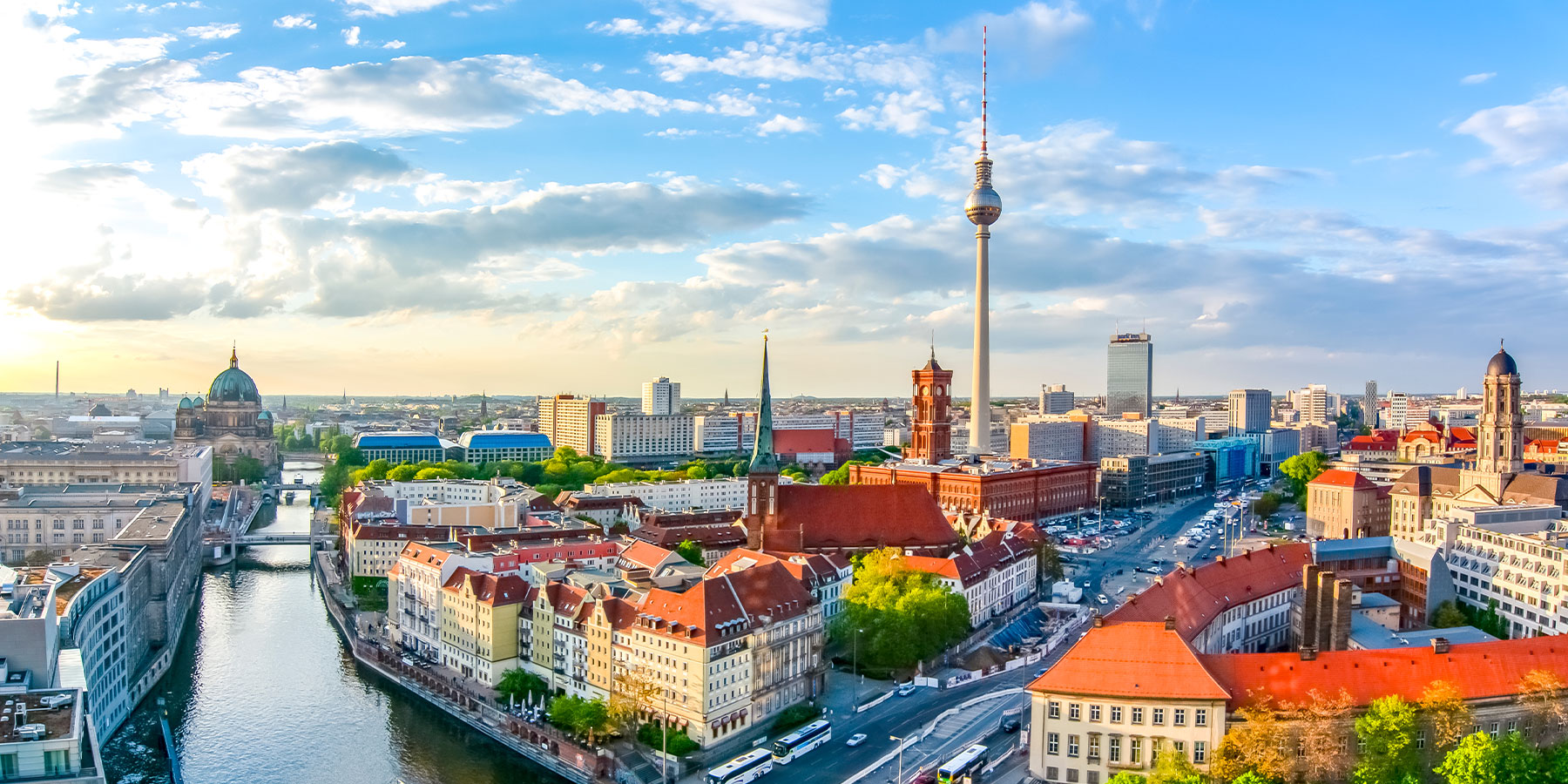

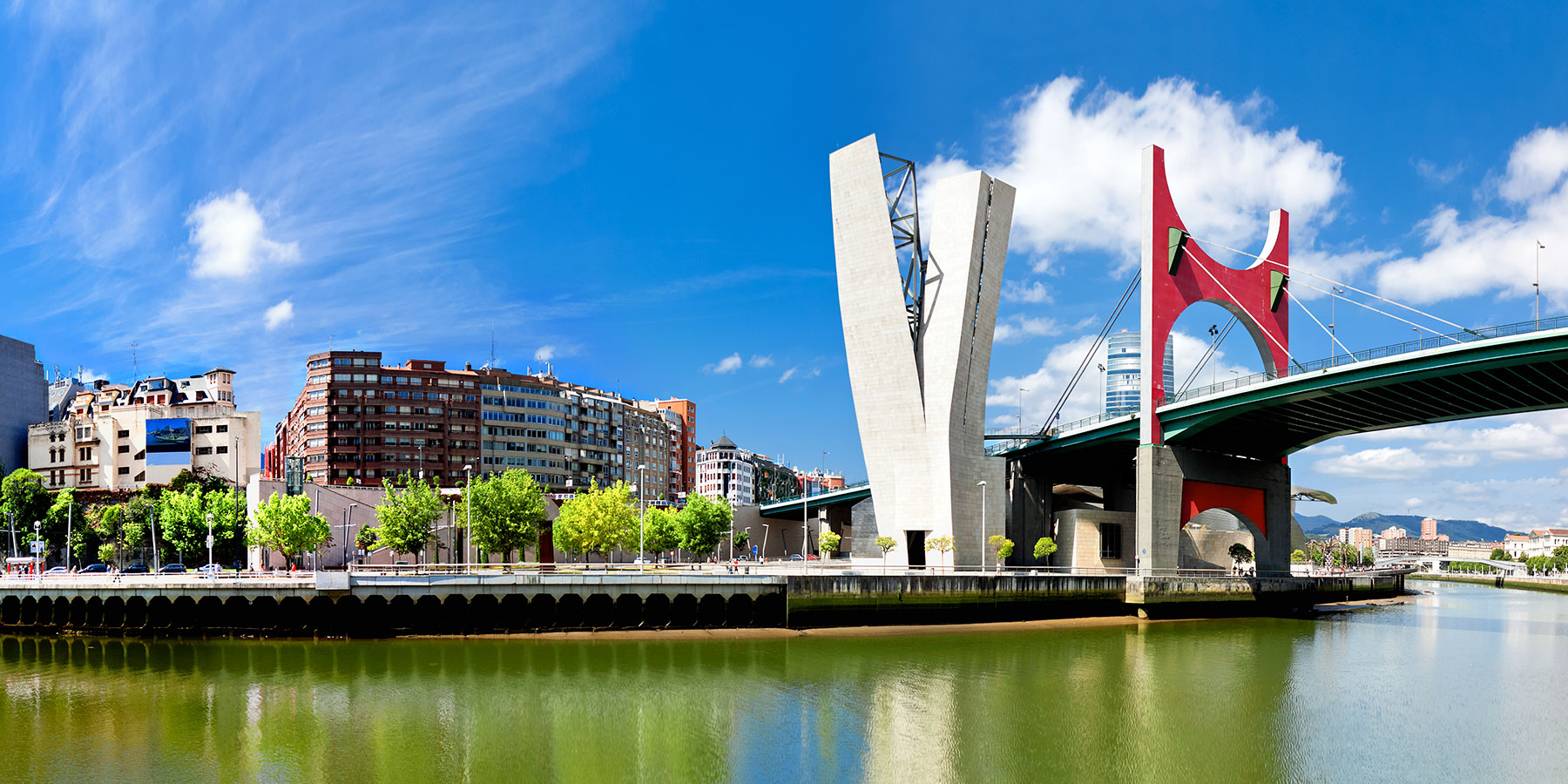
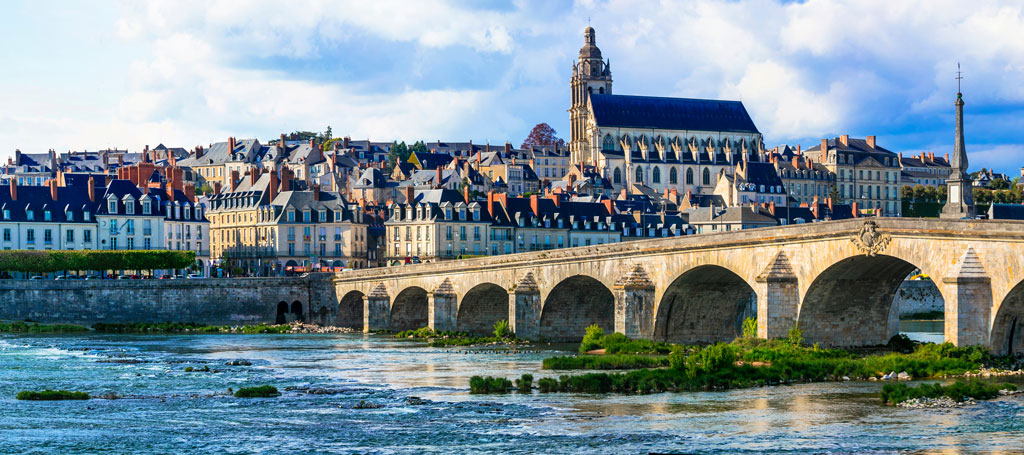


Comments